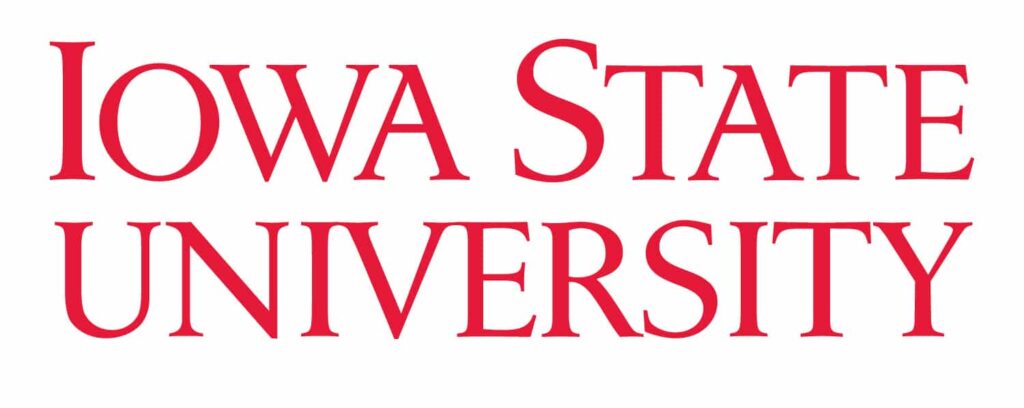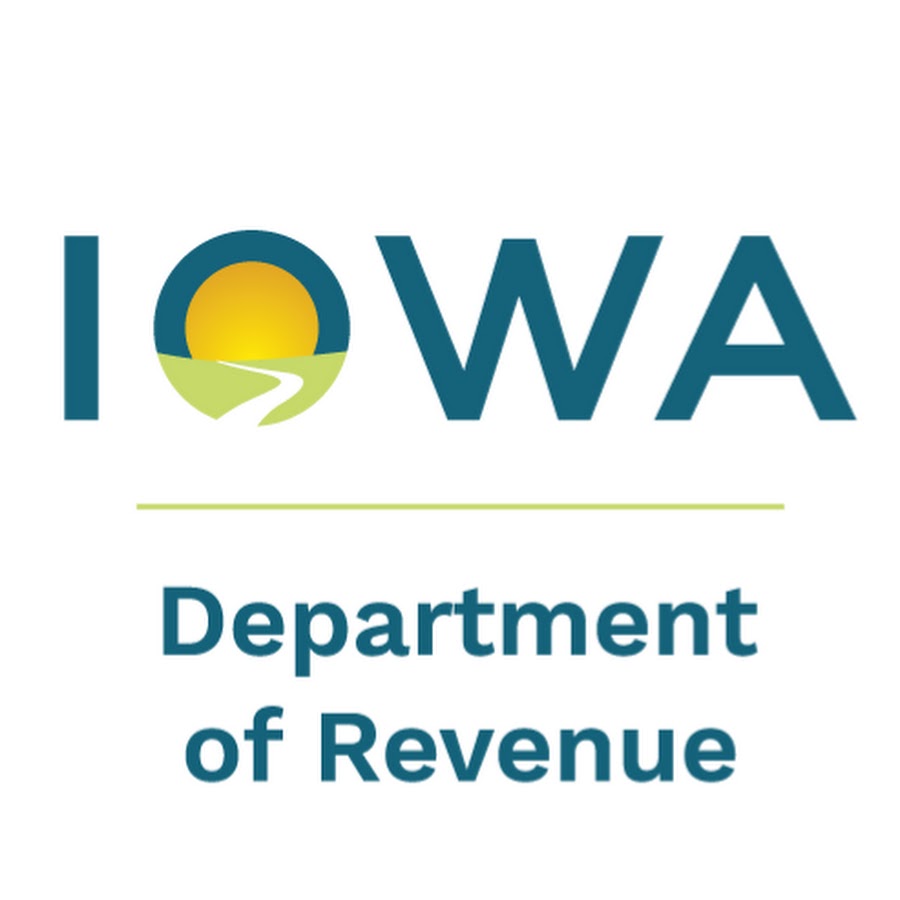Report: Immigration fueling Greater D.M. growth

A team of Greater Des Moines leaders made a pitch for more immigration in the state this morning, and this fact stood out:
Without immigration, Iowa would be losing population, John Stineman, spokesman for the Partnership for a New Economy, said at a news conference held at Grand View University’s student center as part of a day of related events. Keeping that inflow of workers going is important when there are 54 jobs in Iowa for every qualified worker available in the science, technology, engineering and mathematics (STEM) fields, he added.
Greater Des Moines Partnership CEO Jay Byers said statistics clearly show a larger number of immigrants are choosing to seek jobs in Iowa. “We are rapidly becoming a destination for talent that has already decided to relocate to the United States,” Byers said.
And that makes overhauling the nation’s archaic visa system more important. “We need a system in which the number of visas reflects what the needs are,” Byers said. “What we have now is an antiquated system that doesn’t reflect the economic development needs.”
Stineman’s group compiled a state-by-state analysis of the impact of immigration. The organization also spent the past year working with the Greater Des Moines Partnership on what now is called the “Global DSM: International Talent Strategy”, a 10-item checklist aimed at helping more people move to Central Iowa and get the services they need to succeed. The strategy was released today.
The study was a pilot project, the first of its kind for Stineman’s group.
Lori Chesser, a Des Moines immigration attorney who led the task force, said the group now will make presentations around the community and seek feedback. Eventually, the broad goals will become many specific actions, she added.
Byers and Chesser both said that talent recruitment and retention are at the very top of business representatives’ priorities here.
“What is undeniable is the role that immigration plays” in the economy, Stineman said. Immigrants account for 7.1 percent of the metro’s gross domestic product. They paid $100 million in state and local taxes in 2014.
Here is a quick look at other key statistics in the report.
- The Greater Des Moines population grew by 12 percent between 2009 and 2014, but the foreign-born population rose by 25.1 percent in the same period. Nationally, the population grew 3.9 percent, with the foreign-born population rising 9.8 percent.
- The share of Greater Des Moines’ population that is foreign-born rose slightly to 8 percent in 2014, but the national share is 13.2 percent, also up slightly since 2009.
- More than one-fifth of the foreign-born residents in Greater Des Moines have at least a bachelor’s degree, and 64.2 percent graduated from high school.
- Immigrants are more likely than others to create their own business, making it important to make sure they have the legal help and other kinds of assistance they need, the panel noted.
- The share of the Greater Des Moines foreign-born population that is of working age rose to 10.3 percent, up from 9.6 percent in 2009.









